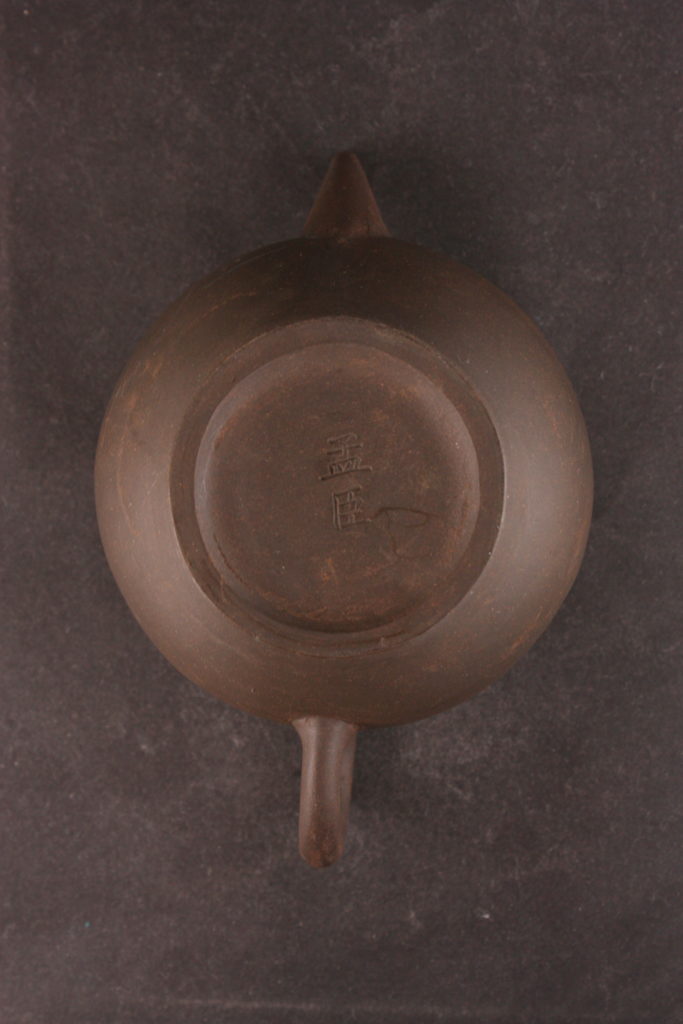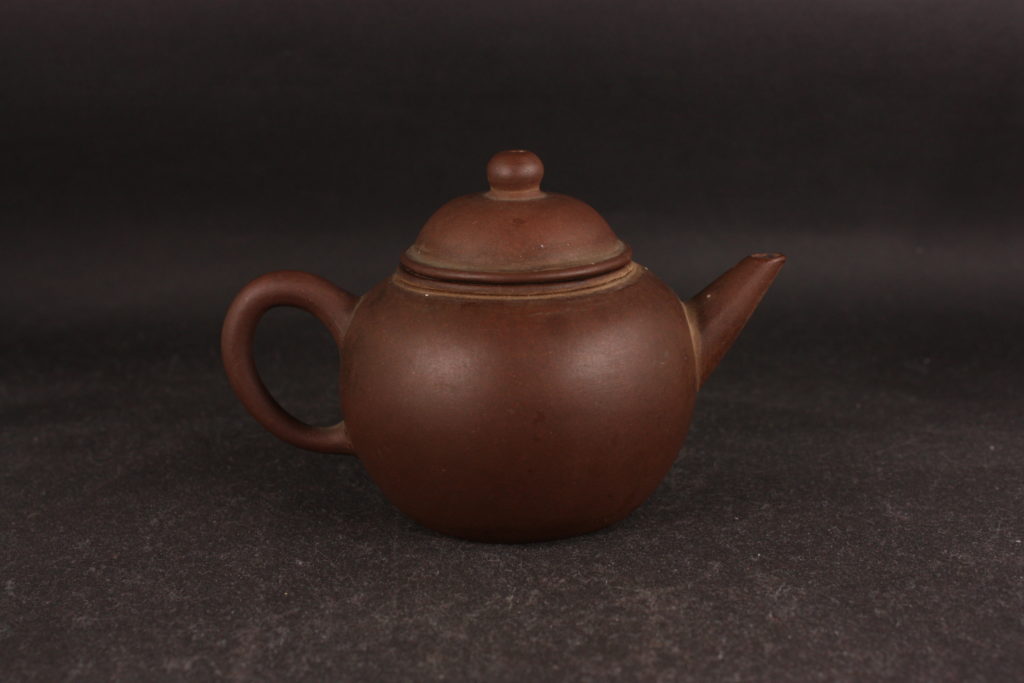The tea we drank for this past Sunday’s livestream was this tuo. On his site, Glen from Crimson Lotus Tea lists it as a 2003, because that’s what he’s been told the tea is from. The reason I have it here as 2005 is because of what’s on the wrapper – the wrapper claims this is for commemoration of the establishment of the Changtai Tea Group, which happened in April of 2005. Given that wording, the pressing of this tea cannot have happened before that, thus the year. It’s entirely possible that the tea is made with leaves that were a couple years old by then – nobody knows, and frankly, once you go past ten years or so, plus one or two years doesn’t matter.
What does matter, however, is the storage condition. One thing that I worry about when I buy aged teas from China these days is where it was stored – and sellers don’t always tell you that. If you can taste it in person, then it’s easy – just judge it by the tea. If you can’t though, then it’s a lottery. I bought a cake from 2007 recently that has been stored in Kunming the entire time, or at least it tastes like it – it’s like a cryogenically frozen tea, barely aged. It has some Kunming aged notes – leaves are a bit darker, tea brews a little more orange, but, it’s still tasting very young.
That’s not the case for this tea. I said on the stream it’s decent – and I might have undersold it a bit. I drank it once before the stream and once during. My initial impression, without knowing anything about the tea (I didn’t even look at the website) was that it tastes like something that’s been dry stored in Guangdong, with an ever so light hint of wetness. It seems like the story is that it was stored in Xishuangbanna – entirely possible, as I’ve had some pretty good teas that’s stored in Banna before that are similar. It has that slightly musty aged smell, but that’s not too strong. The tea, despite it being from Changtai, is pretty good.
The thing about Changtai is that since 2005 when they became Changtai group, the quality of their teas took a nosedive. They built their reputation on the early Yichang Hao stuff from 1999-2004. There was a fair amount of hype around the tea, whipped up by a few individuals online. However, the tea itself really was decent. It wasn’t worth the exorbitant, post-hype price, but it was decent tea. There’s a reason Changtai Tea Shop became Changtai Group.
Once that happened, however, something changed. I think it has to do with them ramping up production volume, but whatever happened, a lot of the teas they pressed just weren’t that great, and their top of the line stuff, the Yichang Hao pressing, was expensive. In some ways, I think that diluted the brand a lot – most people couldn’t afford their top flight stuff, so bought the lower grade ones. Those, however, was very average (or worse), and so people (like me) swore off Changtai tea as a result. They also did some private pressing for individuals – Wistaria’s 2007 Hongyin, for example, was processed by Changtai with materials that were sourced through them. But that does not reflect on their standard pressings.
These days when I do buy teas I mostly buy ones that are semi-aged – 10 years or so old is a normal thing to buy, instead of something brand new. At that point, you basically know what you’re going to get. When you buy a new tea, there’s a fair amount of risk involved – some teas never aged into anything decent. When you buy something that’s aged 10+ years, if the storage has been good, then the tea would be pretty nice to drink.
This tuo, at this moment, is pretty good. With his rather short Chinese new year 15% off sale (ends in a day or so I believe), you can buy a 100g tuo with at least 15 years of decent aging for $31.5. I don’t browse much in the Western-facing part of the tea market these days, but I believe this is a very good value for what you’re getting. If you don’t have much aged tea in your stash, this is a very good candidate for some decent aged tea.
Full Disclosure: I got one tuo for free. I probably won’t be buying more of these, but that’s largely because I am a hoarder who has more tea than I can drink in a few decades. I didn’t promise him I’ll say nice things about it.

















 RSS - Posts
RSS - Posts
I took you at your suggestion and have been reading some of your old post-Covid posts. I haven’t been to…